How to Install R on DigitalOcean Ubuntu 16.04: A Simple Guide

To install R in DigitalOcean Ubuntu 16.04, follow these steps: update the system packages, add the CRAN repository to the sources list, add the GPG key, and finally install R using apt-get. In this tutorial, we will guide you on how to install R in DigitalOcean Ubuntu 16.04. R is a popular programming language for […]
How to Connect Git to DigitalOcean: Seamless Setup Guide
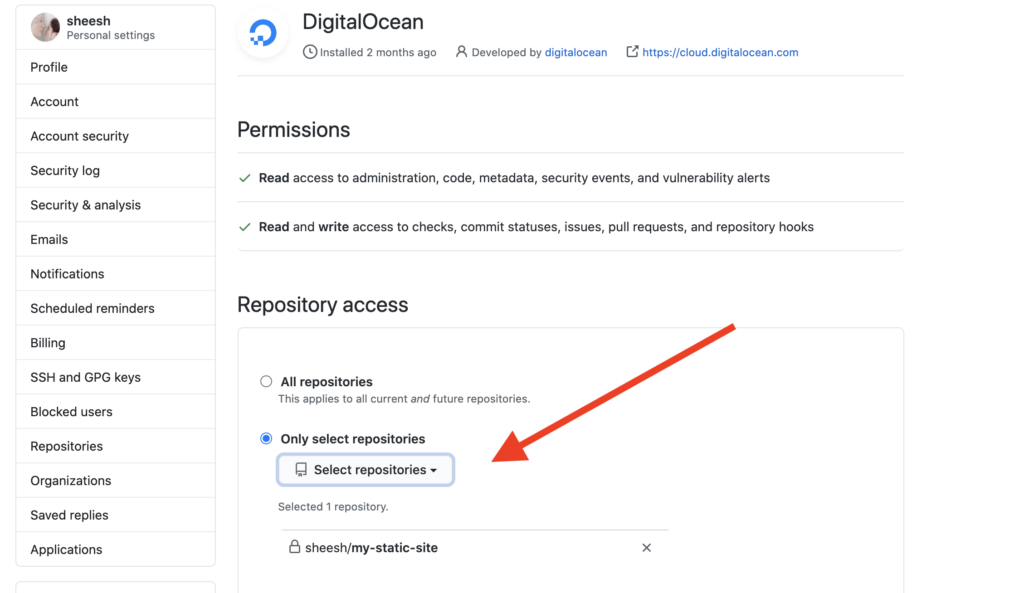
To connect Git to DigitalOcean, you need to generate an SSH key and add it to your DigitalOcean account. This allows you to securely authenticate your Git operations with your DigitalOcean droplets. Connecting Git to DigitalOcean is a straightforward process that involves generating an SSH key and adding it to your DigitalOcean account. By doing […]
How to Setup Kubernetes on DigitalOcean: Quick Guide

To set up Kubernetes on DigitalOcean, follow these steps: First, create a Kubernetes cluster using the DigitalOcean Kubernetes service. Then, configure your local machine to connect to the cluster using the Kubernetes command-line tool (kubectl). Setting up Kubernetes on DigitalOcean is a straightforward process that allows you to easily manage and scale containerized applications. DigitalOcean’s […]
How to Install Eclipse in Ubuntu Digitalocean: Quick Guide
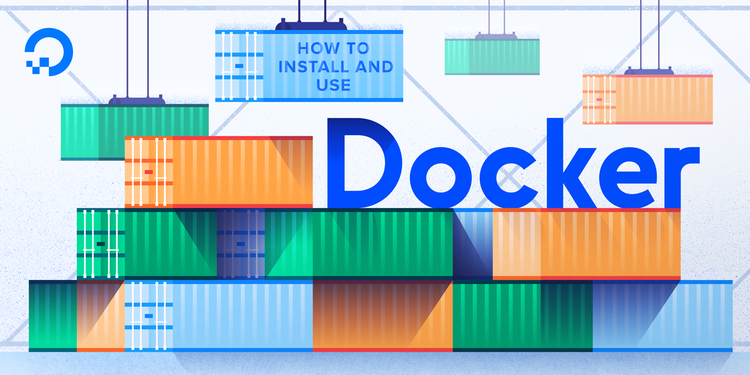
To install Eclipse in Ubuntu DigitalOcean, follow these steps: First, open the terminal and run the command “sudo apt update” to update the package list. Next, install Java Development Kit (JDK) by running “sudo apt install default-jdk”. Then, download Eclipse by visiting the official website and selecting the appropriate package for Linux. Once downloaded, extract […]
How to Install MySQL on CentOS 7 DigitalOcean: Quick Guide
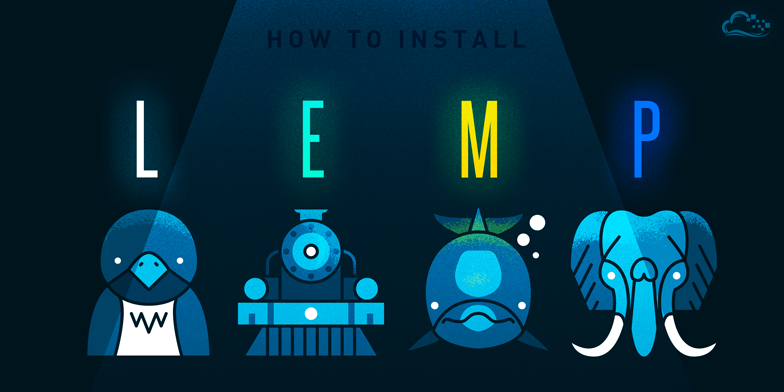
To install MySQL on CentOS 7 DigitalOcean, follow these steps: First, update the system by running the command “sudo yum update” in the terminal. Then, install MySQL by typing “sudo yum install mysql-server” and press enter. After the installation, start the MySQL service using the command “sudo systemctl start mysqld”. Finally, secure the MySQL installation […]
How to Reset Your Password to Default on Digitalocean: Quick Guide
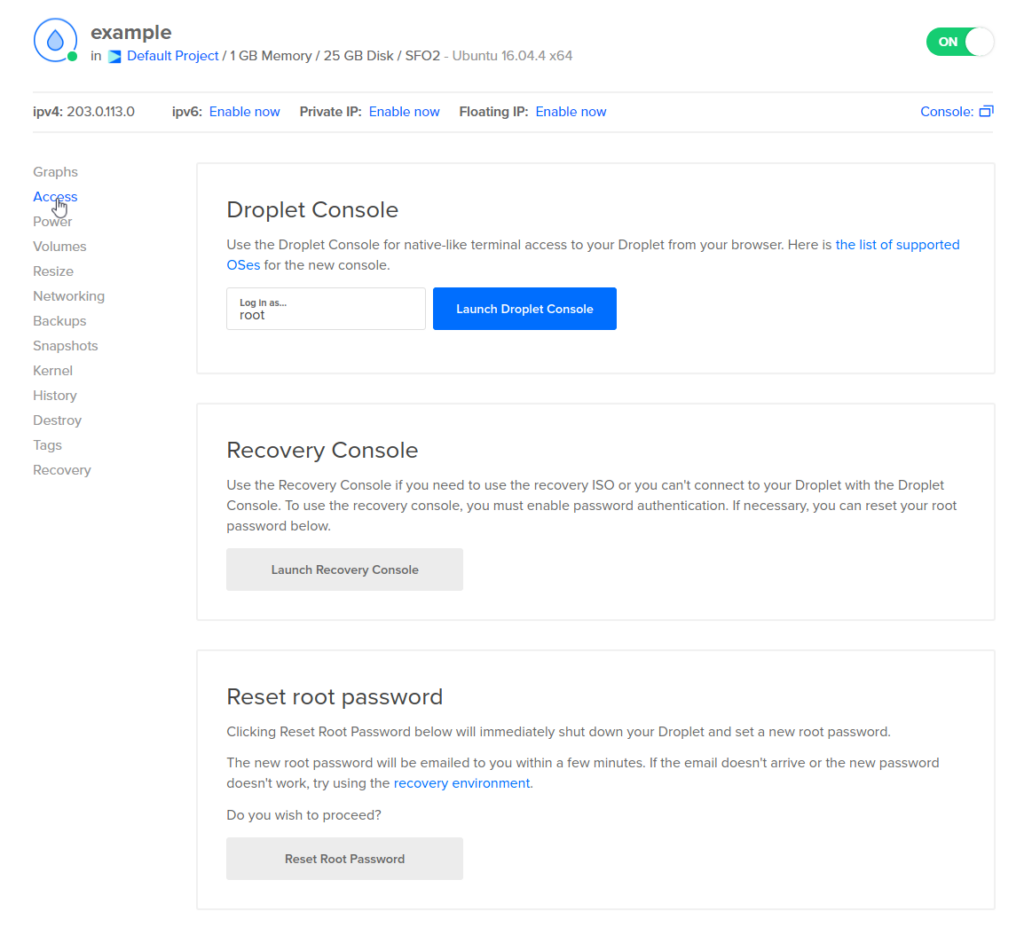
To reset your password to default on DigitalOcean, follow these steps: log in to your DigitalOcean account and navigate to the “Droplets” section. Find the droplet for which you want to reset the password and click on its name. On the droplet’s page, click the “Access” tab, then scroll down to the “Reset Password” section. […]
How to Make Website With Digitalocean: A Simple Guide
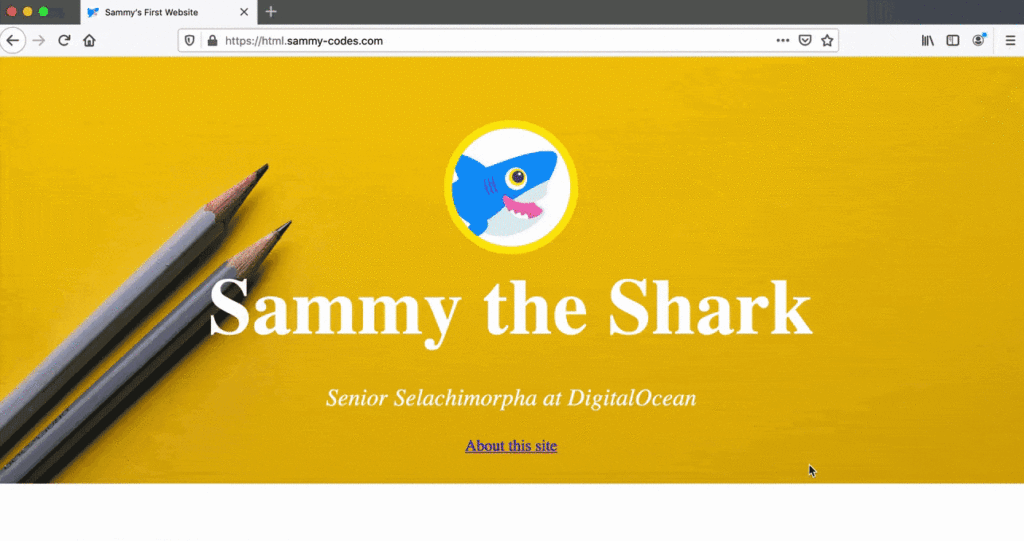
To make a website with DigitalOcean, first, sign up for an account and create a new droplet. Then, choose a server location, select a server size, and configure the settings. Finally, install and set up a web server like Apache or Nginx, and upload your website files to the server. With DigitalOcean’s user-friendly interface and […]
How to Point Domain to DigitalOcean: Quick & Easy Guide
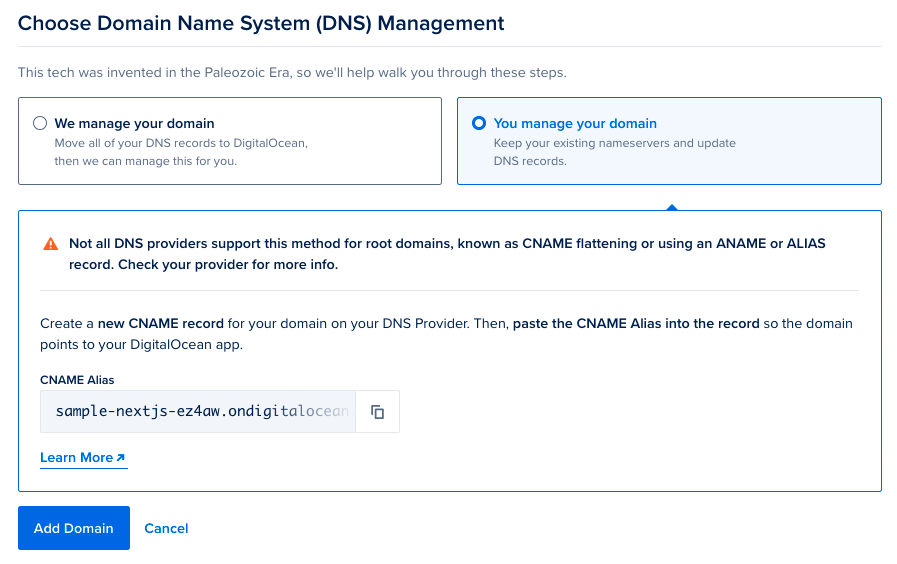
To point a domain to DigitalOcean, you need to update the domain’s DNS records with the appropriate settings provided by DigitalOcean. This will ensure that the domain properly directs traffic to your DigitalOcean droplets or services. When it comes to hosting your website or applications on DigitalOcean, pointing your domain to the correct server is […]
How to Deploy Docker Container to DigitalOcean: Quick Guide
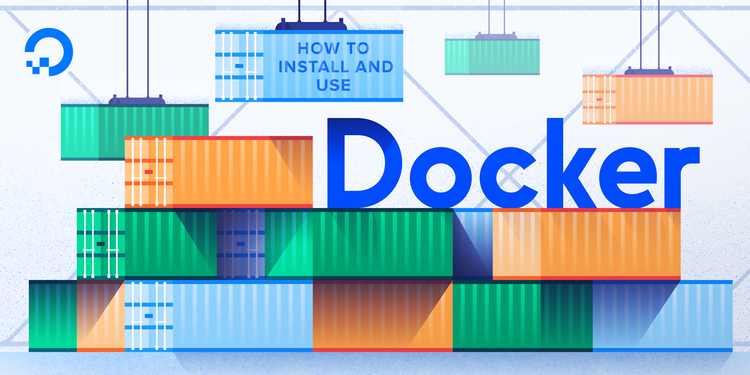
To deploy a Docker container to DigitalOcean, you can use the DigitalOcean Kubernetes (DOKS) service. With DOKS, you can easily manage and scale your containerized applications on DigitalOcean’s infrastructure. DigitalOcean is a popular cloud computing platform that provides developers with the tools they need to deploy and scale applications. Docker, on the other hand, is […]
Where is Digitalocean Hosted? Unveiling Cloud Secrets
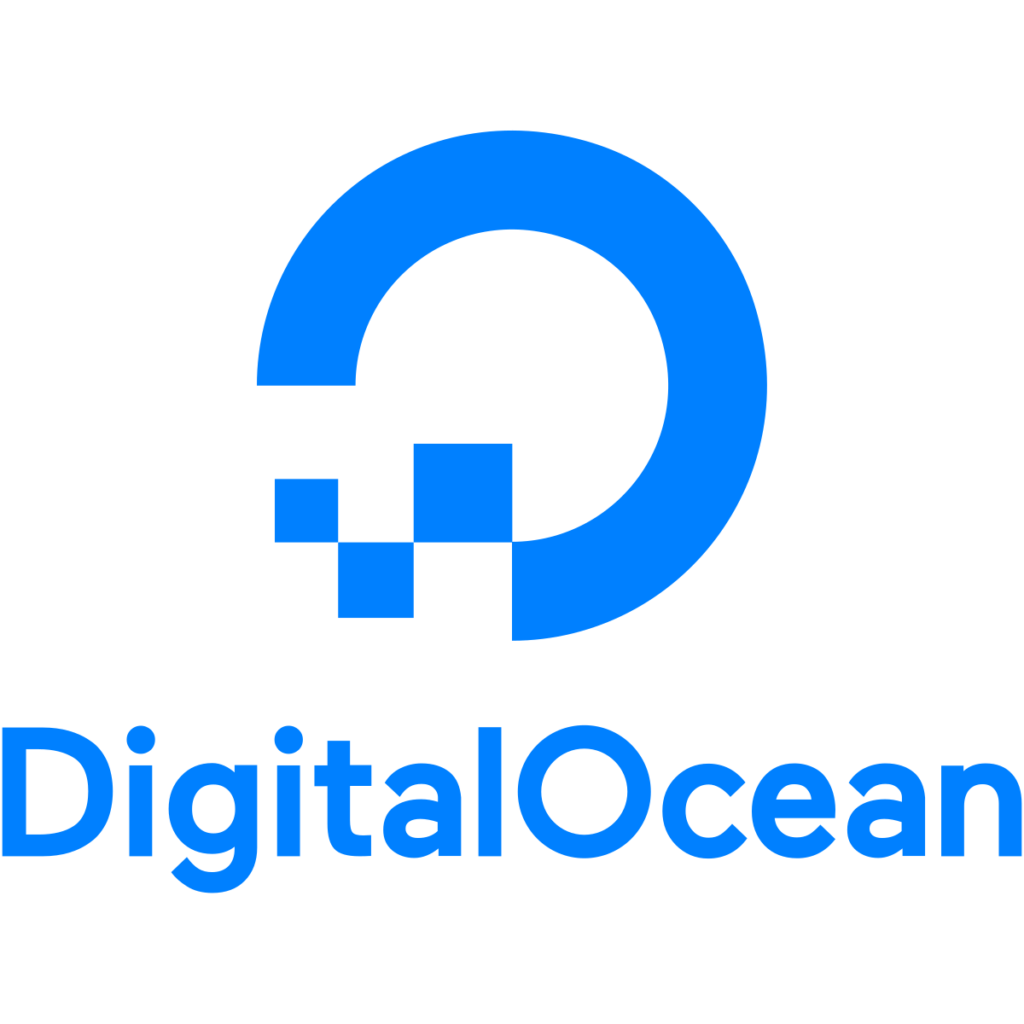
DigitalOcean is hosted in multiple data centers located around the world. These data centers are strategically positioned in regions such as North America, Europe, Asia, and Australia to ensure optimal performance and availability for their customers. DigitalOcean’s hosting infrastructure spans across several continents, allowing users to choose the data center location that best suits their […]
